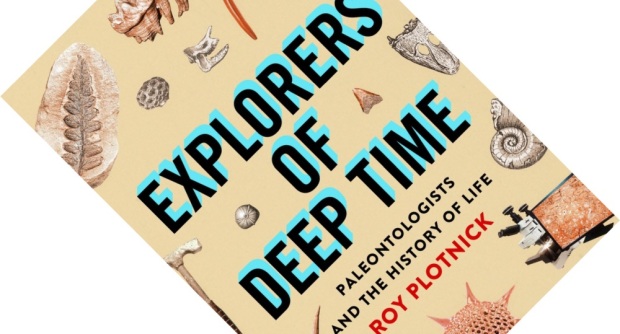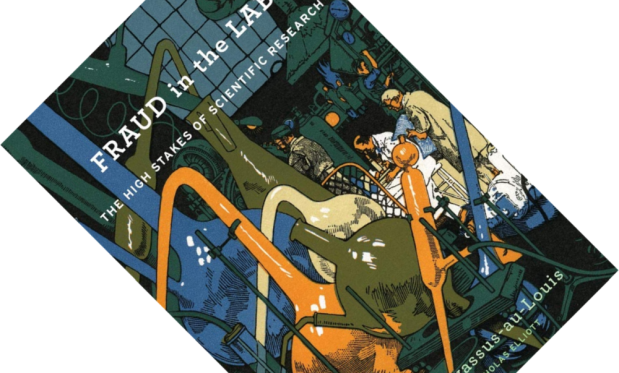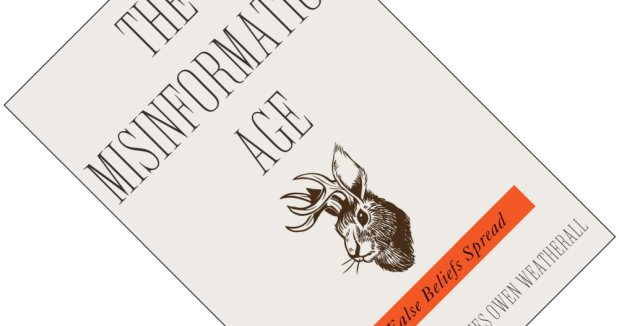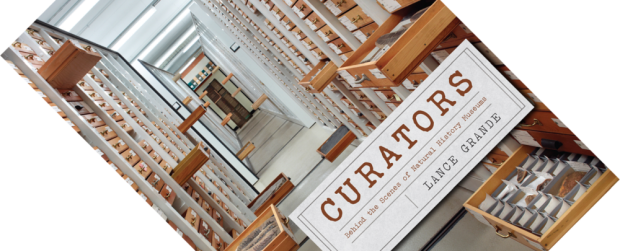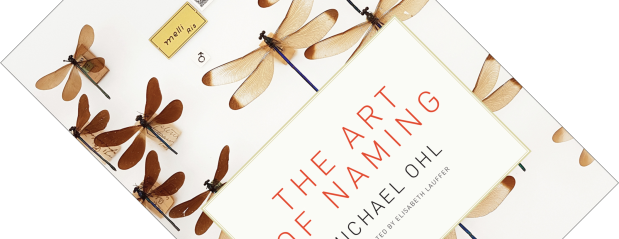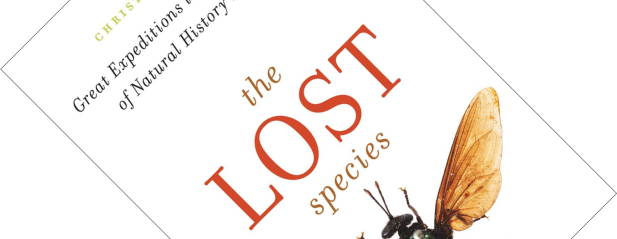6-minute read
keywords: paleontology
When I ask you to think of a palaeontologist, what comes to mind? Admit it, you likely thought of someone digging up dinosaur fossils. And that someone was probably a white man. Grounded in the past, and endlessly repeated in the present, this is of course a very narrow picture of what palaeontology is like. In Explorers of Deep Time, Roy Plotnick, a palaeontologist and emeritus professor in earth and environmental sciences, challenges this and other stereotypes. Pardon the excruciating pun, but he leaves no rock unturned in the process of showing the many faces of modern palaeontology.

